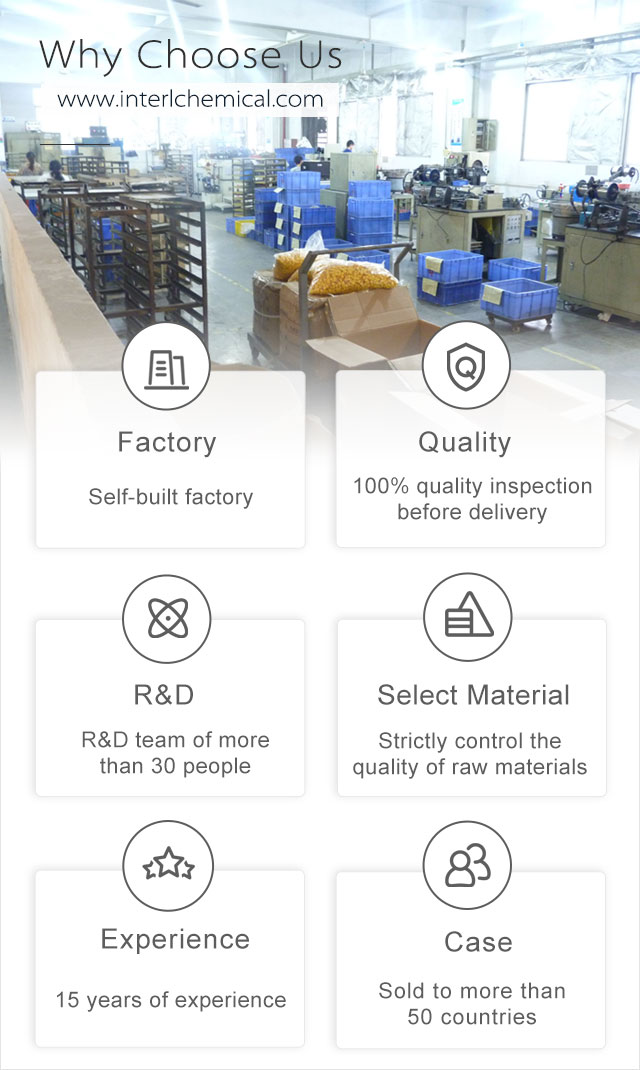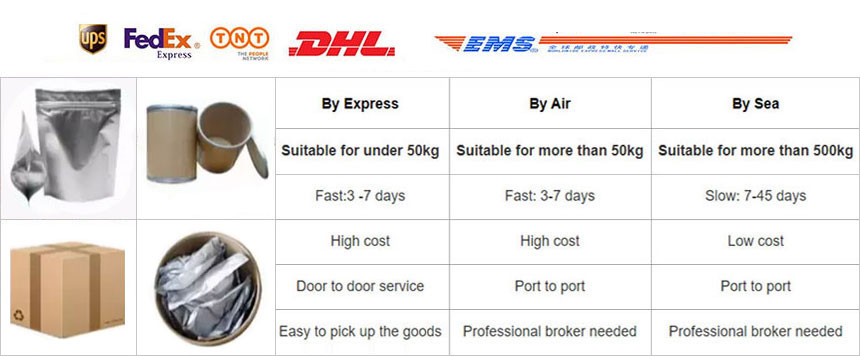



Related Attributes
Product details
Sodium Dodecylbenzenesulphonate (SDBS) is a kind of surfactant, which is often used in detergent, emulsifier and foam.Sodium Dodecylbenzenesulphonate Powder English name sodiumdodecylbenzenesulfonate, referred to as "SDBS, white or light yellow Powder or flake solid. Difficult to volatilize, soluble in water, soluble in water to form a translucent solution. To alkali, dilute acid, hard water chemical stable, slightly toxic. Sodium Dodecylbenzenesulphonate CAS 25155-30-0 is the commonly used anionic surfactant.
Sodium Dodecylbenzenesulfonate (SDBS) is a surfactant commonly used in detergents, emulsifiers, foaming agents and other fields. This article will elaborate on the nature, preparation and application of SDBS.

I. Properties of SDBS
SDBS is a white or light yellow powder with molecular formula C18H29NaO3S and molecular weight 348.48. It is an anionic surfactant with good surface activity and wettability, and can reduce the surface tension of liquid. In addition, SDBS has good emulsification and foam properties, which can stabilize the particles and bubbles in the liquid.

Second, the preparation of SDBS
There are various methods for the preparation of SDBS, one of the common methods is the preparation of benzenesulfonic acid and dodecylbenzene reaction. Specific steps are as follows:

C. Application of SDBS

IV. Safety of SDBS
SDBS need to pay attention to safety during use, avoid contact with skin and eyes. In case of inadvertent contact, it should be rinsed immediately with plenty of water and treated by a doctor. In addition, SDBS also needs to be protected from moisture, sunlight and fire during storage and transportation.
In conclusion, SDBS is an important surfactant with wide application prospects. It needs to pay attention to safety and follow relevant regulations and standards in the process of use to ensure its safe and efficient application.
SDBS vs. Other Surfactants.
| Features | SDBS | SLES (Sodium Laureth Sulfate) | SLS (Sodium Lauryl Sulfate) |
| Cleaning Power | ⭐⭐⭐⭐ | ⭐⭐⭐ | ⭐⭐⭐⭐ |
| Mildness | ⭐⭐ | ⭐⭐⭐ | ⭐⭐ |
| Foaming | ⭐⭐⭐⭐ | ⭐⭐⭐⭐ | ⭐⭐⭐ |
| Irritation | Moderate | Low | High |
FAQ.
Q1: Which one is more irritating, SDBS or SLS?
→ SDBS and SLS are similar in irritation, but SLS is more likely to cause dryness. For sensitive skin, it is recommended to choose SLES or amphoteric surfactants (such as cocamidopropyl betaine).
Q2: Will laundry detergent containing SDBS hurt your hands?
→ Possibly! It is recommended to wear gloves when using it, or choose a formula with added hand protection ingredients.
Q3: Is SDBS safe in shampoo?
→ Low concentrations (<2%) are generally safe, but frequent use may cause dry scalp. It is recommended to use moisturizing ingredients (such as panthenol).
1. Alkylbenzene sulfonation: First, benzene is reacted with an alkylating agent such as chloroalkanes or olefins through an alkylation reaction to produce alkylbenzene. The commonly used alkylating agent is dodecylbenzene (Dodecylbenzene). The alkylation reaction usually uses a Lewis acid catalyst, such as aluminum chloride (AlCl<sub>3</sub>) or hydrogen fluoride (HF).
2. Sulfonation: Then, the alkylbenzene is subjected to a sulfonation reaction with a sulfonating agent (such as fuming sulfuric acid, sulfur trioxide) to introduce the sulfonic acid group (-SO<sub>3</sub>H) into the benzene ring to produce alkylbenzene sulfonic acid.
3. Neutralization: Finally, the alkylbenzene sulfonic acid is neutralized with an alkaline substance such as sodium hydroxide (NaOH) or sodium carbonate (Na<sub>2</sub>CO<sub>3</sub>) to produce sodium dodecylbenzene sulfonate (SDBS).
Why choose us?

HRK Factory

About Shipping

Pharmaceutical Intermediate manufacturers
©2023 Xi'an Henrikang Biotech Co., Ltd.,